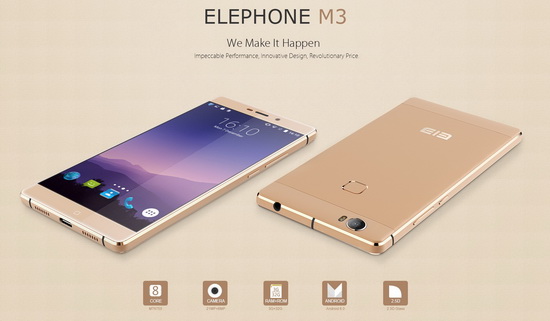Here is a 1730 word comparison of ZFS vs EXT4:
ZFS vs EXT4: Comparing the Popular Linux File Systems
Two of the most popular file systems for Linux are ZFS and EXT4. But which one is better - ZFS or EXT4?como apagar la computadora
con el teclado
In this article we'll compare:
• What ZFS and EXT4 are
• Supported features
• Performance metrics
• Reliability and data integrity
• Compatibility
• Ease of use
• Considerations when choosing between them
What are ZFS and EXT4?
• ZFS - A combined file system and logical volume manager created by Sun Microsystems (now part of Oracle).
ZFS prioritizes data integrity, reliability and ease of management.
It uses advanced techniques like copy-on-write, checksumming and RAID-Z.
Originally designed for Solaris, ZFS is now supported on Linux and other UNIX-like operating systems.
• EXT4 - The default file system for the Linux kernel since 2008.
EXT4 is an evolutionary improvement over previous EXT file systems.
It focuses on performance, stability and ease of use for typical Linux workloads.
Has been continually improved and optimized over more than a decade of use.
Supported Features
• ZFS - Supports an extensive list of advanced features:
- Scalable to exabyte storage capacities
- Native data integrity checksumming
- Integrated RAID-Z storage pools
- Copy-on-write architecture
- Online file system expansion
- Built-in data compression
- Support for snapshots and clones
- Multiple hierarchies per pool
- Encryption and compression
• EXT4 - Includes:
Performance
• ZFS - Generally provides better performance for small and random IO operations due to its design:
- Small file operations are faster due to log-structured design.
- Random reads and writes see benefits from intent logging and copy-on-write.
• EXT4 - Typically performs better for sequential IO workloads due to optimization for this use case:
- Sequential read and writes benefit from large block sizes and batch commit.
- Generally faster for large file access.
Reliability
• ZFS - Designed from the ground up for reliability and data integrity:
- Native checksumming detects silent data corruption
- Self-healing capabilities for rapid pool repair
- Snapshotting for rapid rollbacks
- Aggregate-spanning redundancy with RAID-Z
- Built-in scrubbing and verification tools
• EXT4 - Includes a journal for crash consistency and recovery but lacks many of ZFS's data integrity features:
- Optional journaling provides durability against unexpected power loss.
- Self-heals most corruption issues during remount.que es vsync
Compatibility
• ZFS - Available natively for Linux but requires an out-of-tree kernel module:
- Compatibility with Linux kernels can sometimes be an issue.
- Not supported natively by macOS or Windows.
• EXT4 - Fully supported natively by the Linux kernel:
- Broad compatibility across Linux distributions and versions.
- Not supported on macOS or Windows without third-party drivers.
Ease of Use
• ZFS - Often considered more complex to manage due to its feature set:
- ZFS tools have a reputation for a steep learning curve.
- Advanced features require more expertise to configure properly.
• EXT4 - Generally simpler to deploy, manage and repair:
- Built-in Linux tools provide seamless management and repair.
- Most administrators are already familiar with managing EXT4 volumes.
So in summary, ZFS provides a more robust feature set focused on reliability, data integrity and efficiency at the cost of some performance and ease of use. While EXT4 offers strong performance for typical workloads, good compatibility and simple manageability - at the expense of some data protection features.calculadora de cuello de
botella
There is no single "right" answer between ZFS and EXT4. The best choice depends on your specific use cases, priorities and trade-offs you're willing to make for features. But for most Linux systems, EXT4 remains a reliable and performant default option. ZFS brings substantial data resilience benefits but requires more expertise to properly configure and maintain.
Hopefully this overview has helped clarify the key differences between the ZFS and EXT4 file systems for Linux! Let me know if you have any other questions.ntsc o pal
